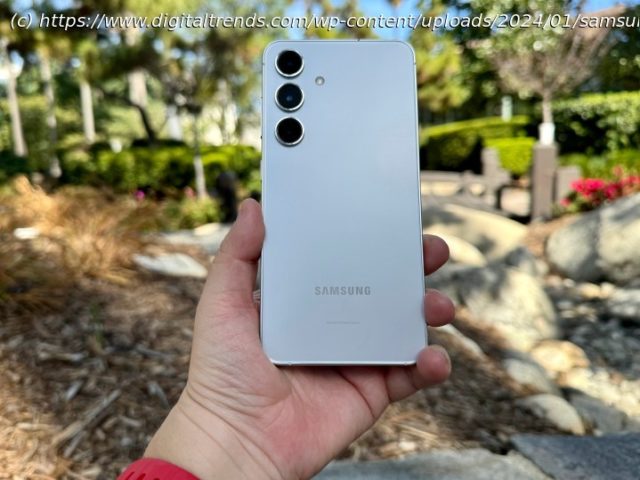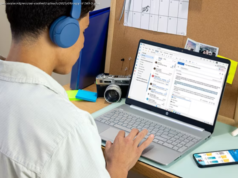There’s a new Apple iPhone to take on the entry-level Samsung Galaxy S24. The iPhone 16 offers lots of new features, but is it better? It’s time to find out.
Apple recently released the iPhone 16, almost nine months after Samsung unveiled the Galaxy S24 series. Although these phones are similar in many ways and are the cheapest in their flagship ranges, they run on different operating systems. How do these two phones compare in other aspects? Is one better than the other? Which one is the superior choice based on your preferences?
Let’s compare the two phones and find out which one suits you better.Apple iPhone 16 vs. Samsung Galaxy S24: specsApple iPhone 16 vs. Samsung Galaxy S24: design and display
At first glance, at least on the front, there isn’t much difference between the Samsung Galaxy S24 and the Apple iPhone 16. Both have rounded edges and similar aluminum bodies. The Galaxy S24’s display is a tad larger at 6.2 inches compared to the iPhone 16’s 6.1 inches, and you’ll notice two new buttons on the Apple phone (more on that below).
When turned on, the displays reveal more distinctions. Samsung’s phone offers a higher refresh rate and peak brightness, while the Apple device provides a sharper resolution. Both phones have the same minimum brightness, just 1 nit, which is fantastic in lowlight conditions.
The Galaxy S24 is protected by Gorilla Glass Victus 2 on both the front and back, while the iPhone 16 features a Ceramic Shield front and a color-infused glass back. Both phones offer IP68 protection, making them dustproof and water-resistant up to 6 meters for 30 minutes.
The most important point that stands out regarding the displays is the refresh rate for each handset. In 2024, it’s embarrassing that the iPhone 16 (and iPhone 16 Plus), like previous models, is stuck at 60Hz, versus the 120Hz on the iPhone 16 Pro and Galaxy S24 series. A higher refresh rate provides a smartphone experience that is more visually pleasing, responsive, and comfortable, which is most noticeable during gaming. (The iPhone 17 is expected to offer a 120Hz refresh rate — finally.)
The Galaxy S24 features three familiar buttons: a side key and two for volume. The side key turns the screen on and off or locks the device, while the volume buttons allow you to control media, calls, and notifications.
The iPhone 16 also includes a side button for on or off functionality and volume up and down buttons. New to this model is a Camera Control button, which offers enhanced control of the phone’s Camera app during photo or video capture. This includes access to features such as zoom, focus, and exposure. The iPhone 16 also now has the Action button, a versatile and customizable feature first seen in the iPhone 15 Pro series. This button can be programmed to execute various simple and complex actions, enhancing the phone’s functionality and personalizing it to suit individual preferences.
Design is always a tough category to call, because so much of it is personal. The Camera Control button is a game-changer, but the 60Hz refresh rate really does hold the iPhone back. We’re giving this to the iPhone, largely because 60Hz on an iPhone doesn’t generally feel slow, and because the Camera Control button is very good.
Winner: Apple iPhone 16
Apple iPhone 16 vs. Samsung Galaxy S24: performance and software
The Galaxy S24 is powered by the Qualcomm Snapdragon 8 Gen 3 for Galaxy, a customized version of the Snapdragon 8 Gen 3 specifically designed for Samsung devices to deliver improved performance and efficiency. Our tests showed that the Galaxy S24 is fast and capable of handling everyday tasks without lag or stuttering. However, when taking many photos quickly, the phone became warm, although it never got too hot to hold.
The iPhone 16 is equipped with the all-new A18 chip, which Apple claims offers an improved CPU speed of up to 30% and 40% faster GPU performance compared to the A16 chip found in the iPhone 15. Despite these significant improvements, we did not notice substantial performance enhancements during our tests, possibly because the regular iPhones were already very fast.
Start
United States
USA — software Apple iPhone 16 vs. Samsung Galaxy S24: Is one better than the...






